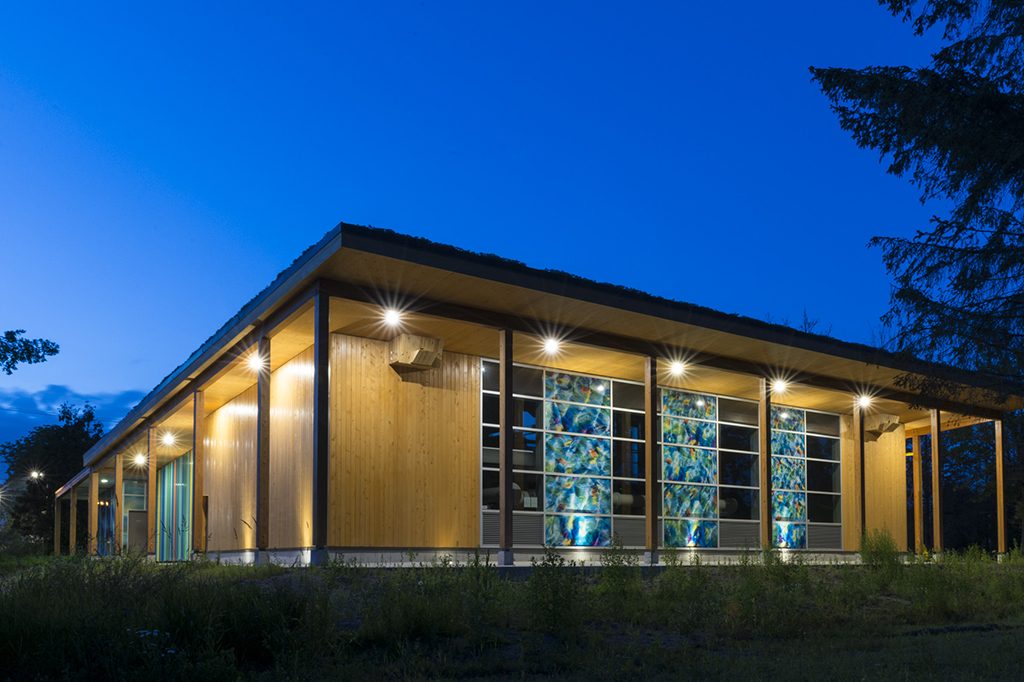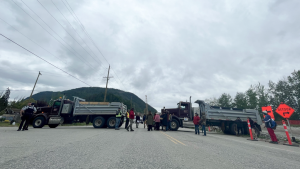Over the past decade the City of Richmond has built one of the country’s biggest district energy systems and it has no plans to slow down its expansion.
The system has helped the city reduce community greenhouse gas emissions by 12 per cent since 2007, even as the city grew by a similar 12 per cent in population.
The city’s district energy program and governing structure is a rarity for Canada. Peter Russell, senior manager for sustainability and district energy, explained that the process started in the early 2000s the city adopted the City Centre Area Plan which set the stage for higher density.
“In a way, there was a blank slate in terms of opportunity to think about infrastructure sustainability,” said Russell.
The city partnered with a developer that was experienced with geothermal exchange systems to build the Alexandra District Energy Utility (ADEU). The system uses ground source heat pump technology to extract renewable geothermal energy from the ground via a network of vertical pipe loops—in cooling mode during the summer months, the energy flow is reversed and heat is pumped into the ground. ADEU enables building owners to conserve energy and improve operating efficiency, thus protecting the environment.
And Richmond’s silty soil has made drilling boreholes, which access the geothermal energy, extremely easy, said Russell.
The city has expanded the utility to include a second large geo-exchange field, two cooling towers and three boilers to serve more residential buildings, and for the first time, new retail developments to the ADEU system.
“The benefit for a district energy system is that when you centralize the generation of energy, as technology changes, you aren’t swapping out 50 heating and cooling plants. It is cost effective and at the Alexandra utility, we have used 100 percent renewable energy to date,” said Russell.
The city is also developing the Oval Village District Energy Utility which services the waterfront community around the Richmond Olympic Oval. This utility, connects to over 1,890,000 square feet of property, will soon be powered by heat from sewage. While in the process of replacing a massive 24-inch sewer pipe, the city found that it could harness heat from the pipe to a district energy system. The system is currently running on temporary natural gas boiler plant until the switch can be made to low-carbon sewage heat.
Russell explained that while other district energy systems exist in Canada, Richmond’s is rare in its governance. The program is managed by Lulu Energy Company, a wholly-owned municipal corporation, established to operate the city’s district energy utility systems. Its mandate is to produce low-carbon energy that costs the customer the same, or less, than conventionally produced energy.
“If you are in a condo today you would have a gas bill, electric bill and maintenance bills,” said Russell. “You would be paying direct utility costs as well as strata to repair and maintain the system. That’s our baseline, that’s where we target our rate, there is no premium. The customer is getting a great service, a local renewable energy source.”
Russell explained that for Canada, the setup is rare, and projects like Edmonton’s Blatchford neighbourhood have been taking notes on their methods.
“In this region we are leaders in Canada for establishing city-scale systems in the higher density areas,” said Russell. “The other unique aspect is establishing an energy company so it can be more nimble.”
But Russell added that this isn’t something limited to Richmond.
“Any city can do this they just have to find their unique advantages and how they can progress it,” he said. “We had a whole city centre area planned for higher density. Given that, we knew that would change we saw we could service the area. Other cities are going to have their own unique opportunities.”










Recent Comments
comments for this post are closed